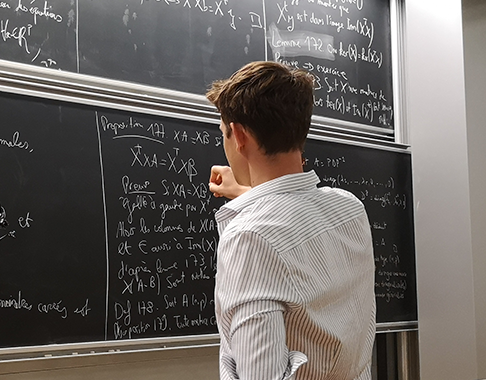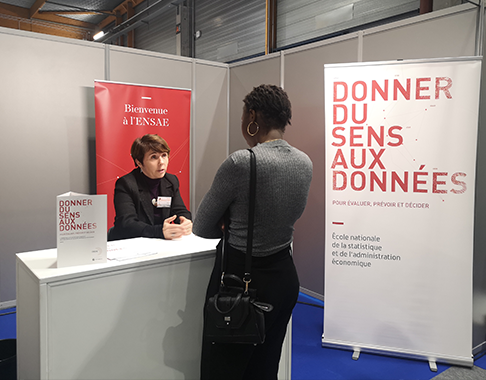Merger and Acquisition
Enseignant
Crédits ECTS :
3
Heures de cours :
18
Heures de TD :
0
Langue :
Anglais
Modalité d'examen :
écrit+CC
Objectif
It is rare to clearly connect the dots between financial theory and the actual practice of companies in mergers and acquisitions: this is the entire purpose of this course.
Mergers and acquisitions serve the strategic development of companies and we want to analyze them from both a theoretical and a practical standpoint.
We consider that they are also central to the macroeconomic phenomena of asset allocation toward investors best suited to their success.
We have built modules to take you from the 1940-1960s economic thinking that framed the M&A hypothesis for some time to the more modern approaches that rose with the globalized economy.
We will span theoretical modelling as well as real life case studies and testimonies.
You will also have a look into the full process of M&A, down to the due diligence and the later stages of financing, as well as the Environmental, Social and Governance (ESG) implications on the company valuations.
Our intentions are :
· To give the capacity to apply, in real world situations, the techniques (tools and models) that have been developed in corporate finance, use them on large existing models and observe whether they can apply to new markets / disruptive companies (start-ups, platforms etc.);
· To work on a wide range of cases. Case topics will include mergers and acquisitions and capital structure issues. This course will emphasize the central importance of financial analysis, valuation and modelling to guiding optimal decision making;
· To meet professionals active in M&A new markets (corporate leaders, top lawyers and bankers, audit partners, CEOs,).
The expectation is that, having studied the class and led/participated in group assignments, you will be fully briefed to join the strategy / financial divisions of a corporation, a financial institution or a research institute and be able to navigate the M&A opportunities.
Grading:
· Class presentations in 10 groups of 2 to 4 people on the analysis of a research paper (list provided during the first class); exceptionally, students unable to join a group will produce a business evaluation or an essay): 25% of the final grade.
· Class participation: 25% of the final grade.
· 2-hours final exam (course questions and practice exercises); printed version of the course is permitted: 50% of the final grade.
Plan
Lecture 1 : A brief introduction
Lecture 2 : Capital Structure
Lecture 3 : Valuation
Lecture 4 : Private Markets
Lecture 5 : ESG and M&A
Lecture 6 : Major decisions and conclusion
Références
· Fama, Asquith Paul, Weiss Lawrence A. Lessons in Corporate Finance : A Case Studies Approach to Financial Tools, Financial Policies, and Valuation, Wiley 2016
· Richard Brealey, Stewart Myers, Principles of Corporate Finance, McGraw Hill
· Bruner, Robert F., Applied Mergers and Acquisitions, New York: John Wiley & Sons, 2004
· Damodaran, Aswath, “Applied Corporate Finance, 4th edition”, John Wiley & Sons
· Damodaran, Aswath, “Damodaran on Valuation : Security Analysis for Investment and Corporate Finance”, Wiley
· Sherman, Andrew J., « Mergers and Acquisitions from A to Z », American Management Association
· Higgins, Robert C., Analysis for Financial Management, McGrawHill 2015










